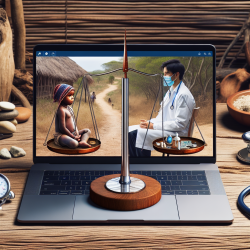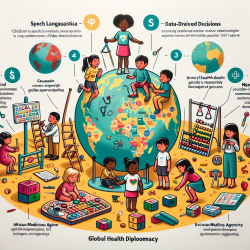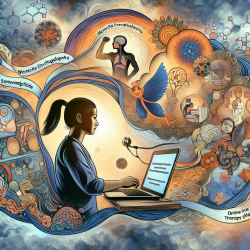Introduction
In the vast landscapes of remote Australia, the health disparities between Indigenous and non-Indigenous children are stark. The scoping review titled Health services for aboriginal and Torres Strait Islander children in remote Australia: A scoping review sheds light on the challenges and potential solutions for improving health services for Aboriginal and Torres Strait Islander children. As practitioners, understanding and implementing the findings from this research can significantly enhance the quality of care provided to these communities.
Understanding the Challenges
The review identifies several barriers to effective health service delivery in remote areas, including the availability of trained staff, limited services, and difficult access. These challenges are compounded by socio-economic factors and cultural differences, which often lead to a disconnect between health services and the communities they aim to serve.
Implementing Effective Models of Care
One of the key findings from the review is the effectiveness of Aboriginal and Community Controlled Health Organisations. These organisations are pivotal in providing culturally appropriate care and should be supported with increased training and remuneration for Aboriginal Health Workers. Practitioners can advocate for and participate in continuous quality assessments of existing programs to ensure they meet the needs of Indigenous communities.
Leveraging Telehealth and Online Therapy
Given the geographical challenges, telehealth and online therapy services, like those offered by TinyEYE, can play a crucial role in bridging the gap in health service delivery. These services can provide consistent, accessible care to children in remote areas, ensuring they receive the necessary support for their development and well-being.
Encouraging Further Research and Community Engagement
Practitioners are encouraged to engage in further research and collaborate with community leaders to develop and implement health services that reflect Indigenous ways of knowing and being. Community leadership and collaboration are essential for creating sustainable health service models that genuinely meet the needs of Indigenous children.
Conclusion
By implementing the outcomes of this research, practitioners can significantly improve their skills and contribute to closing the health disparity gap for Indigenous children in remote Australia. To read the original research paper, please follow this link: Health services for aboriginal and Torres Strait Islander children in remote Australia: A scoping review.










